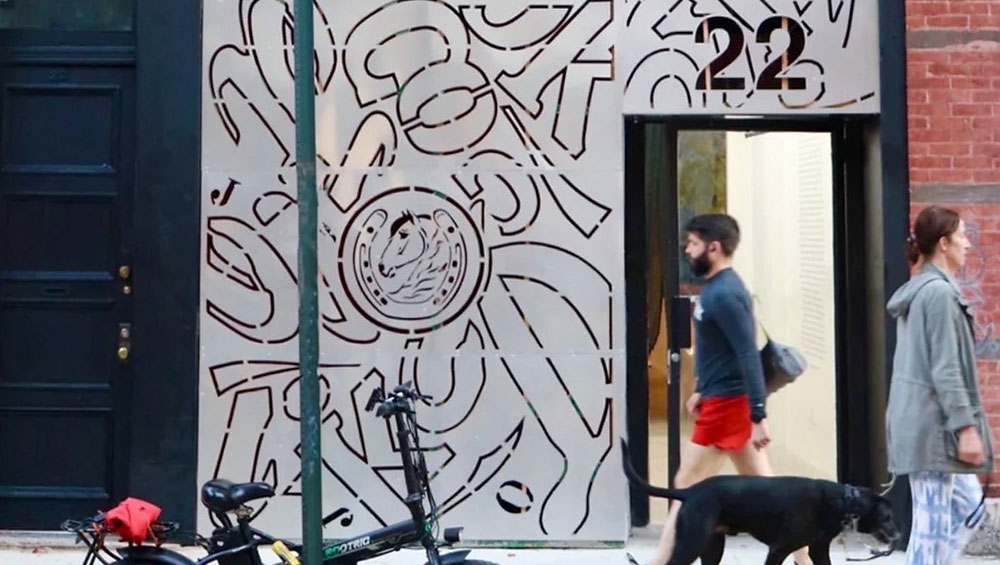
For The Revisionist, Site-Specific Facade Installation by Pooneh Maghazehe, November 2022 - June 2023. Institute for Arab and Islamic Art (IAIA). Image courtesy of IAIA.
by LILLY WEI
What has the Institute for Arab and Islamic Art (IAIA) in New York been up to? Established by Sheikh Mohammed Rashid Al-Thani of the Qatari royal family in 2022, IAIA is located in the heart of the West Village, although it started out in a temporary space in Little Italy in 2017. It was a fraught moment politically, around the time when the then president, Donald J Trump, issued another of his deplorable executive orders banning the entry of persons from predominantly Islamic countries into the US. Al-Thani felt compelled to counter a pervasive Islamophobia that was premised on misinformation and disinformation. Too many in the west, he says, know too little about the sophisticated (and venerable) heritage of the Middle East, seeing it only through the lens of 9/11, the Gulf wars and the bitter conflict that is now raging in Israel, Gaza, Lebanon and Yemen, threatening to flame into a global conflagration.
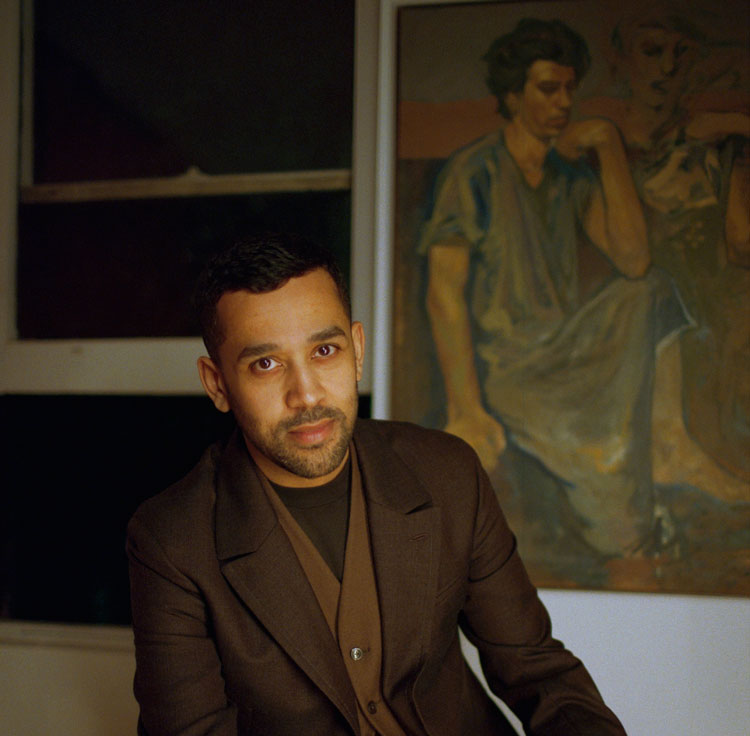
Mohammed Rashid Al-Thani. Image courtesy Institute for Arab and Islamic Art (IAIA).
It is a similarly fraught moment as IAIA marks its third year on Christopher Street. Housed in a compact multistoried building, its facade is enlivened by cut-out aluminium panels designed by the Brooklyn-based Iranian American sculptor Pooneh Maghazehe. Looking among the panels, you will see the head of the great US racehorse Seabiscuit ringed by a victorious horseshoe, a nod, no doubt, to the historical importance and fame of horses from the Arabian peninsula. It might also be noted that the motif of a winged horse is claimed by some to have originated in Persia, introduced from there to Greece, India and China. And more prosaically, it alludes to the building’s original function as a carriage house, its interior transformed into a sleek white cube, but more inviting and intimate than the typical white cube space.
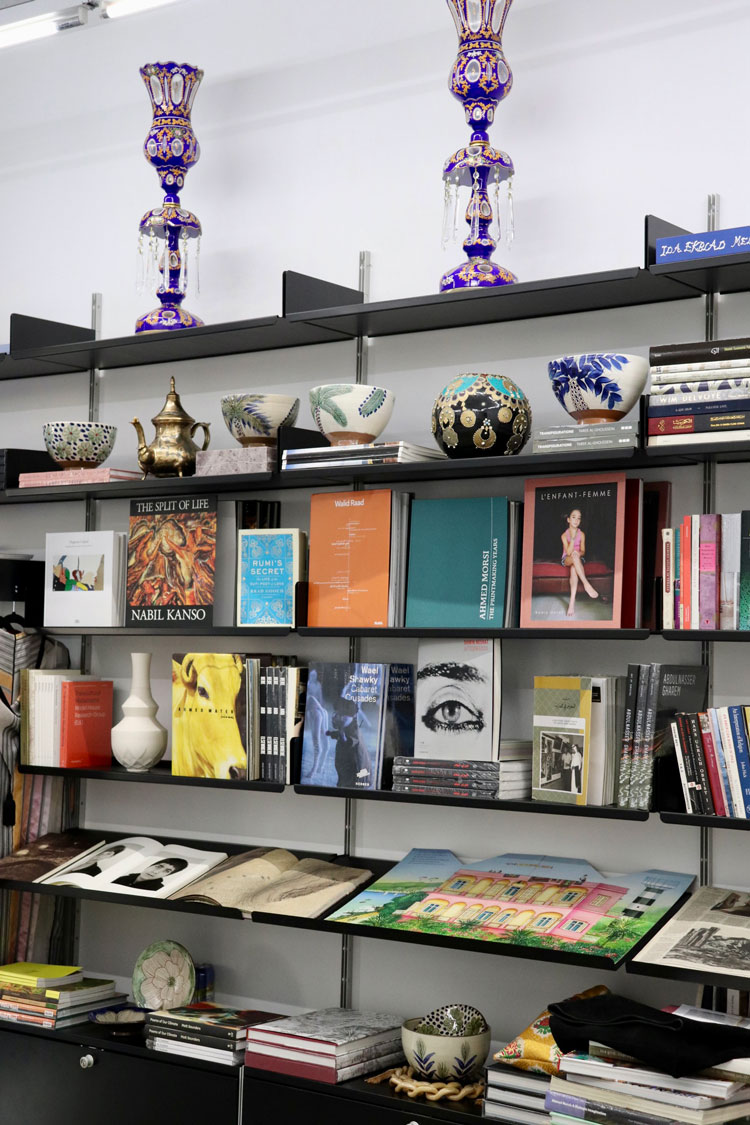
Bookstore, Institute for Arab and Islamic Art (IAIA). Image courtesy of IAIA.
On entry, you are greeted by a modest bookstore (one that might also be an installation of artworks) displaying pottery, slippers, stylish, covetable djellabas and caftans, some designed by Al-Thani, as well as books about Muslim art and catalogues of artists who have shown at the IAIA. Workshops, talks, other public programming, and a residency programme are also part of the institute’s outreach. The gallery, a clean, well-proportioned rectangle, commands much of the ground floor, and exhibitions are scheduled two to three times a year. Al-Thani is the director and curator, although collaborations for future projects are probable. The exhibitions are thoroughly researched, accompanied by comprehensive catalogues and are on view for much longer than the average gallery exhibition, allowing visitors more time to see the show, the model that of a museum and a centre for scholarly study. “Faculty members from Columbia and New York University, and from schools such as Chapin and the United Nations school come here with their students to learn about the region. It is both an honour and responsibility,” Al-Thani says.
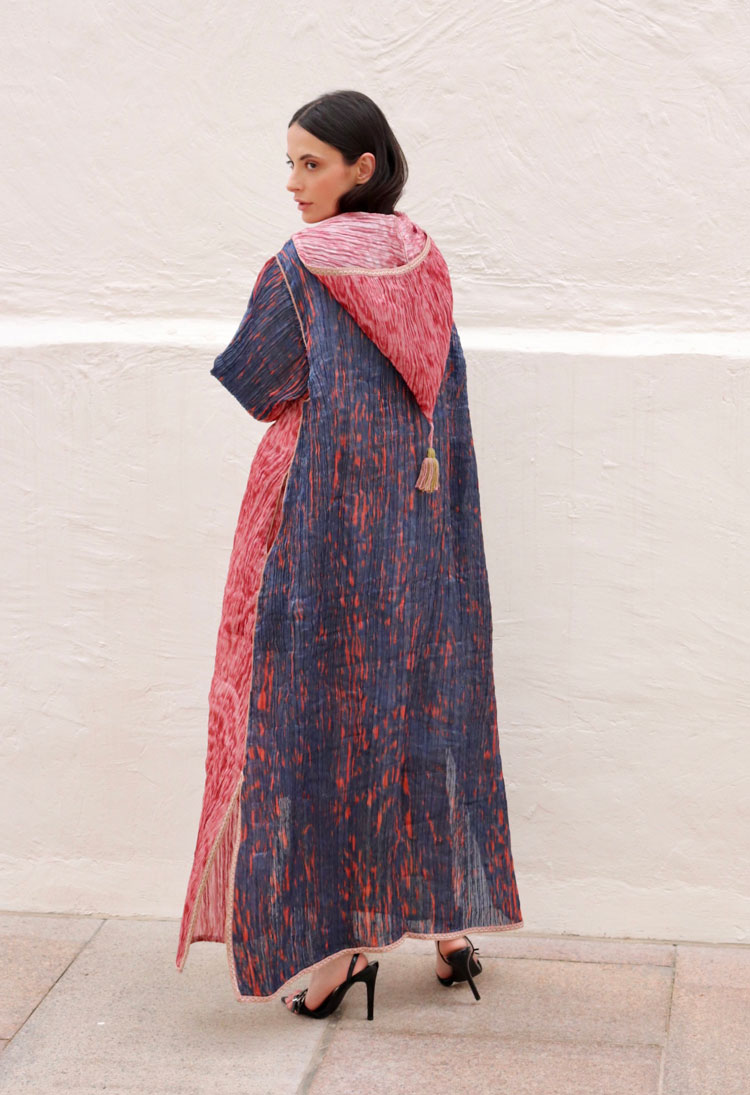
Caftan designed by Mohammed under the label Qaafla. Image courtesy of IAIA.
The IAIA is similar in aim if not in encyclopaedic scope to the Institut du Monde Arabe (IMA) in Paris, sometimes called the Arab Beaubourg. But the IAIA, he points out, was intentionally named the Institute of Arab and Islamic Art since 60% of Muslims are non-Arab and live in Pakistan, Indonesia, China, Malaysia, India and other countries. It was important that these Muslims were also represented by IAIA. It was also of vital importance to him to not shy away from the designation Muslim or Islamic, which he wanted to depoliticise. He says it was “a question of identity, of cultural differences, yes, but also understanding our commonalities as fellow human beings”.
Al-Thani was educated at Georgetown University and the University of London Institute in Paris, the subject of his dissertation fauvism and cubism. He has been a curator at the Arab Museum of Modern Art and the Museum of Islamic Art in Doha, and the author of several books about Arab and Islamic art, dividing his time between New York and Doha.
An articulate, eloquent spokesperson for Islamic culture, his mission is to introduce modern and contemporary artists from the region to audiences who are not yet familiar with their works. Because there were very few places in New York that focused on the art of the region and on Muslim artists – and those few were commercial – it made “absolute sense” to him to establish a non-profit institution In New York as part of the city’s richly eclectic “cultural fabric”. It was also of great importance to him to include the many Muslims who live or were born in the United States, Muslim Americans who have contributed much to the culture of this country, which is also their country, underscoring that “we are all part of a larger global conversation”. He hopes to normalise what it means to be Arab and Muslim.
He adds that he never knows quite what to expect but the response to the work has been positive, even enthusiastic and his neighbours in the Village say they are proud to have it here. “I love that, it’s very accepting.” His favourite response, however, is returning visitors, those who saw the last show and who came back, eager to learn more. It is especially heartening in times such as these, when the words Muslim, Arab, Israeli and Jew are so explosive.
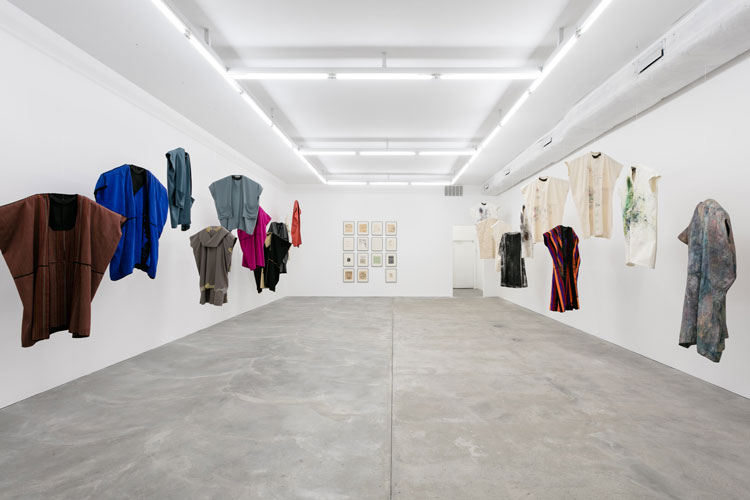
Huguette Caland, installation view at IAIA’s temporary downtown space, 2018. Image courtesy of IAIA.
Exhibitions have included several veteran artists, many of them women, with an overview of their long careers. One such artist was Huguette Caland (1931-2019), shown in IAIA’s temporary downtown space in 2018, international acclaim arriving late in life for her. The Beirut-born artist, the daughter of the first president of the republic of Lebanon, had defied her family by decamping to Paris to become an artist. Her memorable paintings, drawings and caftans characteristically portrayed the female body in ways both voluptuous and ribald, spiced by an audacious sense of humour. Al-Thani remarks that now you can go to the Metropolitan Museum of Art and see her work on display. For him, that is extremely gratifying and a testament to the kind of cross-fertilisation he wants the institute to help achieve.
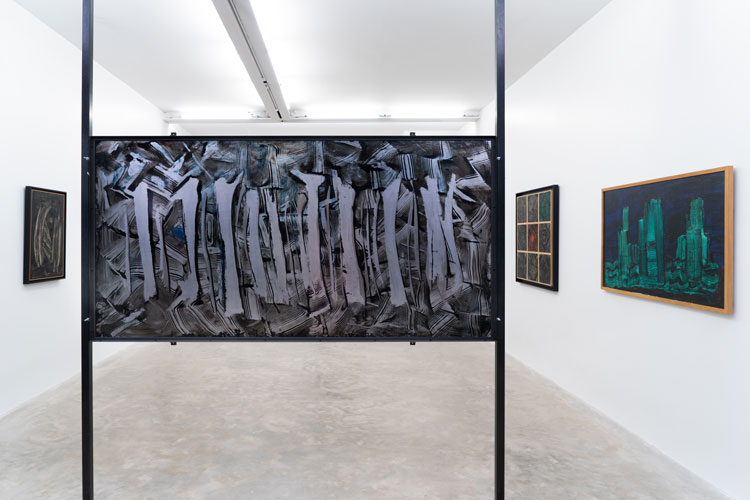
Behjat Sadr, installation view, Institute for Arab and Islamic Art (IAIA), 2023. Image courtesy of IAIA.
Behjat Sadr (1924-2009) was another cosmopolitan, independently minded artist he admired, whom he showed in the latter half of 2023 in the present location. She has an international profile but is little known in the US. Sadr was Iranian, studied in Rome and Naples, eventually going into exile in Paris after the Iranian revolution. Her mediums are painting, photography, photomontage and kinetics, her style a strikingly visceral abstraction that pivots into organic forms such as torn-apart trees and broken trunks juxtaposed with the industrial, the fat black paint strokes summoning up thoughts – even the smell – of oil, a contentious, highly politicised commodity synonymous with the region.
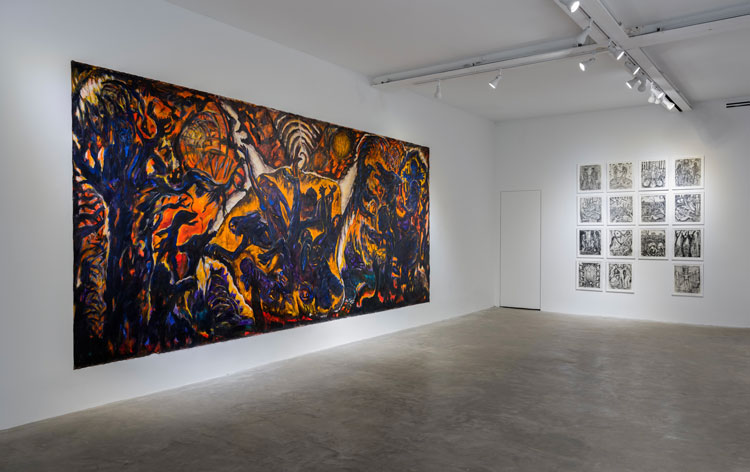
Nabil Kanso: Endless Night, installation view, Institute for Arab and Islamic Art (IAIA), 30 April - 24 August 2024. Image courtesy of IAIA.
The most recent exhibition at IAIA was Nabil Kanso (1940-2019). Kanso was born in Beirut but had been in the US since 1968, war and trauma his constant themes, his depictions both allegorical and forensic. His tumultuous neo-expressionist paintings of protest, the scale often epic, are so turbulent that they seem to be creating themselves before your eyes, his marks slashing, his colours colliding into each other, violently red, yellow and orange, his scenes Dantesque, anguished, monstrous.
Al-Thani says once again that all this needs to be part of the conversation and he hopes that IAIA will have a significant role in that discussion.